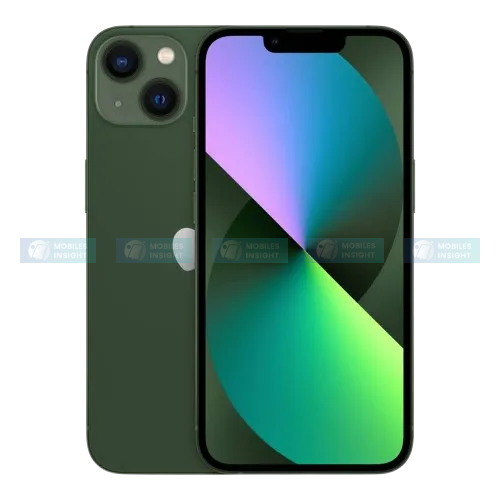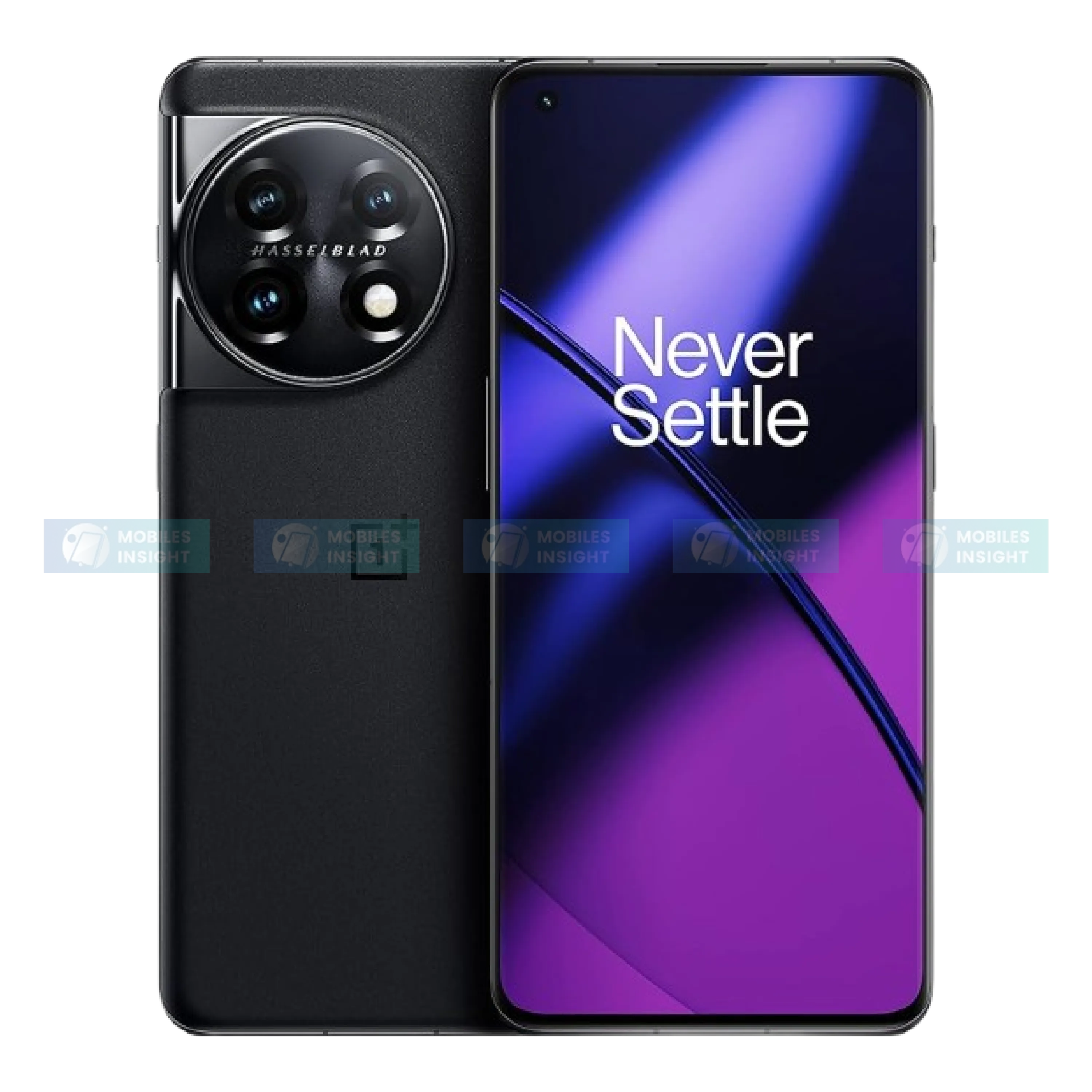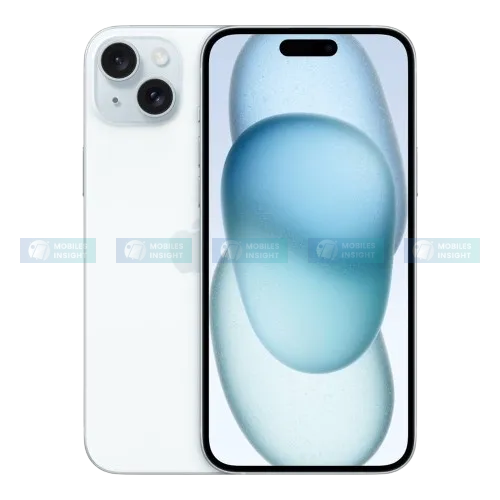
iPhone 17’s Reverse Wireless Charging: MagSafe's Smart Evolution
The iPhone 17 comes with reverse wireless charging, a smart upgrade to MagSafe technology. This means you can charge other devices like AirPods or even another iPhone directly from your iPhone 17. MagSafe’s magnetic alignment helps make charging faster and more efficient, while keeping the phone sleek and easy to use. With this feature, Apple makes the iPhone 17 not just a smartphone but also a portable power source for your important devices.
Why Does Reverse Wireless Charging Matter on iPhone 17?
Reverse wireless charging is not new to smartphones. Brands like Samsung, Huawei, and Google have already added it to their premium models. But Apple always focuses on refinement, smooth integration, and better user experience. If the iPhone 17 gets reverse wireless charging, it will not just be a “power-sharing” feature and it will be an important step in Apple’s ecosystem.
Everyday Convenience: Charging Made Easy
Imagine placing your AirPods Pro, Apple Watch, or even another iPhone on the back of your iPhone 17. Instead of carrying many chargers and cables, you can now use a single smart device to charge other gadgets. This is not only convenient but also makes the Apple ecosystem smarter.
iPhone as a Central Energy Hub
Reverse wireless charging turns the iPhone from a normal device into a central energy hub. Your accessories stay charged without extra clutter. It gives you more freedom when traveling, working, or even hanging out with friends. Apple’s ecosystem works best when devices interact smoothly, and this feature makes that interaction natural and easy.
Opportunities for Innovation and Sustainability
This feature also allows new ideas and products. Third-party accessories could use the iPhone 17’s power-sharing ability, creating more ecosystem-friendly devices. Reverse wireless charging can help users reduce the number of chargers and cables, which is convenient and better for the environment.
Redefining the Apple Ecosystem
In the end, reverse wireless charging on the iPhone 17 is more than just transferring power. It changes how Apple devices work together and makes daily life easier. Your iPhone becomes the center of a smarter, more connected ecosystem.
What Makes Apple’s MagSafe Different?
MagSafe first changed wireless charging with the iPhone 12 by using built-in magnets to align the charging coils perfectly. This makes charging faster, reduces energy loss, and protects the battery from overheating, helping it last longer. Until now, MagSafe has worked only one way, your iPhone could receive power, but it could not share it.
With the iPhone 17, MagSafe is expected to become a two-way charging system. This means your iPhone could act as a smart power hub to charge devices like AirPods, Apple Watch, or even another iPhone. The new system may also use AI to manage power. It can check battery levels, device usage, and charging priorities, sending energy where it is most needed. For example, it might charge your AirPods first if your iPhone battery is almost full, or pause reverse charging if you are using your phone heavily.
This upgrade makes MagSafe more than just a charger. It turns your iPhone into a smart energy hub that manages power efficiently and makes charging easier for all your devices.
How Does Reverse Wireless Charging Work in Practice?
Reverse wireless charging lets your smartphone act as a power source for other devices. Normally, power goes from the charger to your phone, but with reverse charging, your phone can send power to accessories like earbuds or smartwatches.
Apple is using Qi2 wireless charging technology to make this work better:
- Better Magnetic Alignment: Qi2 makes sure the phone and charger line up perfectly, so less energy is wasted and charging is more efficient.
- Faster Charging: Qi2 can charge devices faster, sometimes up to 25W, while older systems were usually limited to 15W.
- Smarter Energy Use: Qi2 improves communication between the phone and charger, making power transfer more efficient and reducing heat.
Here are some things to keep in mind:
- Slower than Wired Charging: Charging other devices this way is usually slower than using a cable.
- Battery Use: Using reverse wireless charging can drain your phone’s battery faster, especially if the device needs a lot of power.
Will It Actually Arrive on iPhone 17?
Reports are mixed. Some analysts think Apple might wait until the iPhone 18 to launch reverse wireless charging because of possible technical or efficiency issues. But leaks from the supply chain show that iPhone 17 prototypes already have the needed hardware, which suggests Apple has been quietly preparing this feature for years. The idea of “two-way charging” first appeared in iPhone 12 code, showing Apple has been testing it for a long time.
Why now? Other phone makers have already adopted reverse wireless charging, and with the new Qi2 standard becoming popular, the timing fits perfectly with Apple’s plan. Adding this feature in 2025 would make MagSafe smarter and let users charge AirPods, Apple Watch, and other accessories easily, improving convenience and strengthening Apple’s ecosystem.
Considering Apple’s careful approach to new features, it is possible that the iPhone 17 will finally bring this long-awaited feature to users without compromise.
Real-World Benefits for Bangladeshi Users
In Bangladesh, many people use more than one gadget every day, so convenience is very important. Carrying fewer chargers helps, especially since power outages and limited charging points are still common in many areas. You could:
- Charge AirPods and iPhone while commuting.
- Share power between two iPhones in emergencies.
- Charge a friend’s earbuds at a café.
- Use reverse wireless charging with Google Pixelsnap accessories that work with Qi2, even across different brands.
This makes the iPhone 17 more useful for everyday life in Bangladesh.
How Can AI Make Charging Smarter?
Apple is not just adding new features; it is making them smarter. With the A19 Pro chip expected in the iPhone 17 Pro, the Neural Engine could manage charging in ways no Android phone can. For example:
- Predictive Charging Management: AI can learn your daily routine, knowing when you will need a full battery. You can limit reverse wireless charging to protect both your iPhone and connected devices like AirPods or Apple Watch.
- Energy Optimization Across Devices: The system can share power between your iPhone, Apple Watch, and MagSafe accessories based on how you use them, your sleep schedule, or even your fitness goals.
- Thermal Safety Monitoring: AI can watch the temperature and adjust charging speed to stop overheating, keeping your battery safe and long-lasting.
- Adaptive Reverse Charging: Depending on the device being charged, AI can adjust voltage and current to make charging more efficient and avoid wasting energy.
- Smart Power Sharing Alerts: If a device is fully charged, the iPhone can redirect power to another device or alert you to unplug, making everything work smoothly together.
This smart and adaptive charging could make the iPhone 17 better than Android phones. Samsung’s Wireless PowerShare is convenient but does not have the same AI integration. Apple’s Neural Engine could turn reverse wireless charging from a simple feature into a useful daily tool.
Comparing Apple with Rivals in Charging Technology
|
Brand / Feature |
Reverse Wireless Charging |
Standards Used |
AI Optimization |
Ecosystem Integration |
|
Apple iPhone 17 (expected) |
Yes |
Qi2 + MagSafe |
Yes |
Strong (AirPods, Watch, Macs) |
|
Yes |
Qi |
Limited |
Medium |
|
|
Yes |
Proprietary Qi variant |
Limited |
Strong (Huawei ecosystem) |
|
|
Yes |
Qi2 + Pixelsnap charging technology |
Limited |
Medium (Pixel Buds, Watch) |
This really means Apple is not late, it is careful. By waiting for Qi2 and AI to improve, it can give a better experience instead of hurrying.
How Could MagSafe Become a Two-Way Power Hub?
Apple’s MagSafe system may soon do more than just charge your phone. It could become a smart, two-way charging hub, making it easier and faster to charge multiple devices. Here’s how it might work:
- Two-way charging: iPhone 17 could not only get charged but also share power with other devices.
- Charge multiple devices on one pad: Put your iPhone on a MagSafe pad at night, and it can charge AirPods, Apple Watch, or other Qi-enabled gadgets at the same time.
- Fewer cables: You won’t need as many wires and adapters for nightly charging.
- Smart energy use: Devices could decide which gadget needs power the most and give them priority.
- Clutter-free setup: One pad and one cable can charge several devices, keeping things simple.
- More convenient: No need to charge each device separately, saving time and effort.
- Future-ready tech: MagSafe could become a central smart charging hub for all Apple devices.
The Role of Qi2 Wireless Charging Technology
Qi2 is not just a small update. It's a big change because it uses magnets like MagSafe to help devices connect easily.
For Bangladesh, this means local companies can make cheaper Qi2 power banks and chargers. Users won’t need to look for expensive Apple MagSafe products and can use affordable options that work with different brands.
Integration with Current AI Technology
Apple’s upcoming iPhone 17, powered by the A19 Pro chip and running iOS 26, is designed to make your phone smarter and easier to use with advanced on-device AI. This is a big upgrade from older iPhones, giving more helpful and intuitive features.
Adaptive Charging Schedules
iOS 26 can learn your daily routine and charging habits. You can adjust charging times to keep your battery healthy. For example, if you usually charge your phone overnight, you might wait to finish charging just before your morning alarm to reduce battery wear.
Reverse Wireless Charging
Available on iPhone 17 Pro models, this feature lets your iPhone wirelessly charge other devices like AirPods or Apple Watch by placing them on the back of your phone. This is very handy when you are out and need a quick charge for your accessories.
Enhanced Siri Capabilities
With GPT-5, Siri is now smarter and understands your needs better. It can summarize emails, help write messages, or give smart suggestions based on how you use your phone.
Smarter App Management
iOS 26 prioritizes apps you use often and limits background activity for apps you don’t use as much. This saves battery and keeps your phone running smoothly.
Privacy-Focused AI Processing
All AI tasks are done directly on your iPhone, so your personal data stays private and secure. Apple ensures your information is safe while giving you powerful AI features.
The Challenges Apple Faces
Implementing reverse wireless charging is not as simple as just turning it on. Apple faces several technical and user-experience challenges:
- Heat management: Wireless charging creates heat, which can affect battery health and device performance. Apple has to balance charging speed with keeping the phone safe from overheating.
- Energy efficiency: Wireless charging wastes more energy than wired charging, which can make charging slower. Apple needs to make it efficient for a smooth user experience.
- Charging multiple devices: Charging more than one device at a time can slow the process and create more heat. Smart software is needed to manage this.
- Battery life: Frequent wireless charging can reduce battery life if not managed well. Apple uses smart hardware and software to protect the battery.
- Device compatibility: Apple has to make sure reverse wireless charging works well with AirPods, Apple Watch, and other accessories without slowing down or causing problems.
The point is, Apple does not rush features. They make sure everything works perfectly before launching. That’s why reverse wireless charging on the iPhone 17 is not just a gimmick. It is designed to be safe, reliable, and efficient, showing Apple’s focus on quality over speed.
Could Reverse Charging Work with Macs and iPads?
This might sound futuristic, but imagine placing your iPhone on a MacBook Pro trackpad and watching it recharge, or topping up your Apple iPad with your iPhone while traveling. The idea of reverse charging, where one device can wirelessly give power to another, is not just a fancy feature; it could change how Apple users manage batteries across devices.
Apple’s focus on a connected ecosystem suggests these features may not be far away. With MagSafe, better battery management, and more wireless technology, reverse charging could allow easy power sharing between devices. This means you can stay productive without carrying multiple chargers, worry less about low battery, and enjoy the convenience of Apple’s integrated ecosystem. Although challenges like heat and charging efficiency remain, the benefits for travelers, creative users, and multitaskers are very promising.
Bangladesh Market Perspective
Bangladesh is becoming a fast-growing smartphone market, and more people are interested in premium devices like the iPhone. Buyers now care not only about brand but also about features that make daily life easier. The iPhone 17’s reverse wireless charging is a good example. It lets users charge AirPods, Apple Watch, or even a friend’s phone without carrying extra chargers.
This feature is especially useful for people in Bangladesh for several reasons:
- Saves Money: Users don’t need to buy many chargers, which helps save money and keep their devices simple.
- Saves Space: Perfect for small homes, offices, or student dorms where too many chargers can be a hassle.
- Reliable in Power Cuts: With frequent electricity issues in some areas, being able to charge multiple devices from one phone gives peace of mind.
- Good for Travel: Professionals and travelers moving between cities or villages can easily carry one device to charge all essentials easily.
- Eco-Friendly: Using fewer chargers means less electronic waste, which is important for people who care about the environment.
By solving these everyday problems, the iPhone 17 is not just a luxury phone but also a practical tool for life in Bangladesh.
Final Thoughts
After looking at the latest reports and Apple’s plans, I think reverse wireless charging on the iPhone 17 could be one of the most important updates since MagSafe.
It’s not just about charging AirPods on the back of your phone. Apple is changing how we think about power, making it smart, two-way, and designed for all Apple devices to work together. In Bangladesh, this is very useful because it can save money, make life easier, and be more eco-friendly.
If Apple adds Qi2 support, smart energy management, and better ecosystem integration, the iPhone 17 will not only catch up with Android phones. It could also set a new standard for charging technology in the AI era.
Popular Phone Reviews

Samsung Galaxy A70 Review: Features, Performance, and Value Insights

Apple iPhone 16 Pro Max Review: Features, Performance, and Value Insights

Apple iPhone 12 Pro Max Review: Features, Performance, and Value Insights

Xiaomi Redmi 12 Review: Features, Performance, and Value Insights






